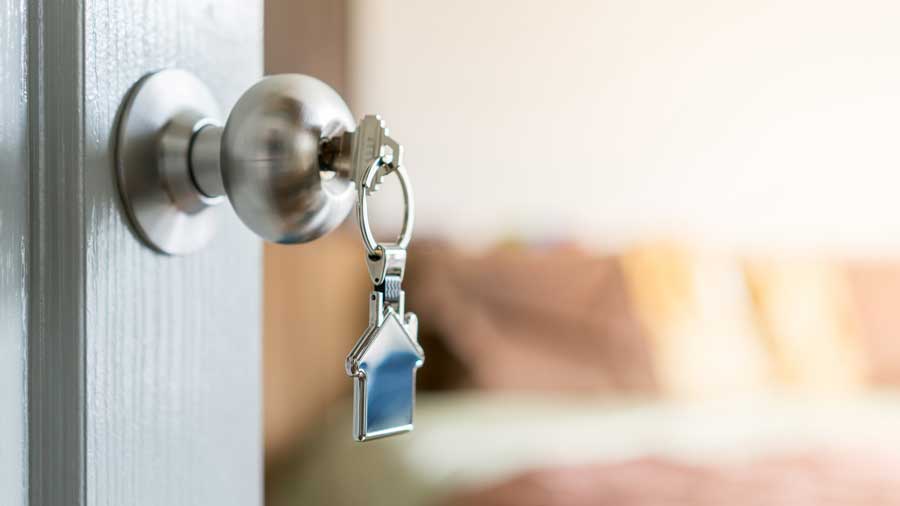Image: Istock
Finding the right support
From floating support to 24/7 care, helping people live as independently as possible should always be the ultimate goal. Here, we investigate the main models of support

HEALTH, CARE & SUPPORT

Liz Zacharias
Director, Campbell Tickell

Liz Zacharias
Director, Campbell Tickell
Issue 73 | September 2024
Housing models and housing design need to be thought of in terms of the requirements of individuals and how they can be supported to be as independent as possible.
Housing-related support
Housing-related support broadly falls into a four-point typology.
a) Floating support – this is tenure neutral visiting support available to anyone of any age with any issue for which they need support, sign-posting, or case management. Intensity of support varies – from Housing First through to the occasional check-in and a route back into the service if things start to go wrong again.
The other types of support come under accommodation-based services where the housing and support available are tied together in some way. The support can range from low-level visiting support through to highly intensive 24/7 double cover and in some instances even higher tenant to client ratios.
The key issues in accommodation-based services are whether the person needs a background ‘monitoring of wellbeing’ service, or a more proactive care and support service.
I see accommodation-based service models as three types. If we take floating support as typology a of supported housing the b, c and d are:
b) Background support ready to step in and resolve issues – sheltered housing would be an example of this type of service where there may be minimal staff presence and a role in monitoring people’s wellbeing. But there are many other examples of low-level intensive housing management or housing-related support being provided.
c) Onsite support provided in various staffing configurations and for various periods but not 24/7 – this is a more proactive service, not just monitoring wellbeing but assisting people to actively manage it, as well as supporting them to navigate the various agencies and services that they need to be in contact with to sustain or improve their wellbeing.
d) 24/7 support and care services – Extra Care or residential rehabilitation are examples, as well as services where there are risks to be managed either to the individual or to the wider community, for example bail hostels or approved premises.
Image: Istock
Housing or Extra Care?
Services providing onsite 24/7 care should not be seen as just Extra Care for older people.
Extra Care Housing as a model should be available to anyone of any age who needs physical care, as well as housing-related support and the opportunity to maintain a tenancy.
Housing First has often been seen as the answer to entrenched rough sleeping – and for many it does work. It also however has led to cuckooing instances (where drug dealers take over a property), anti-social behaviour and multiple tenancy failures before the right environment is found and people settle to a life in accommodation.
For some people the best option may not be Housing First – it may be a form of Extra Care Housing – somewhere where physical care as well as support with addictions and behaviour management is available, and where people can be better safeguarded with 24/7 staff and a community onsite.
Tailored support
I also believe the overlap between type ‘a’ and ‘b’ provides an opportunity to really think about whether there is a need for accommodation-based services with such low levels of support and whether the housing being tied to support at that level of input is needed for working-age adults.
For older people there is a case for well-designed housing with an alarm call and other technology as well as background wellbeing support. This needs to be coupled with encouragement to engage with the wider community and to create a lively and active community with peers in a scheme – it is what keeps people active, connected and independent which research has shown can be life-enhancing.
For others we should be looking at our provision and really thinking about whether this support needs to be provided in this way or whether really we should be moving to a three-point typology model of floating support, high and medium level onsite support and then 24/7 support and care models.
Being able to move to this three-point typology does, of course, rely on having a supply of good-quality single person flats for people to move into. This problem of supply is getting harder and harder to resolve and has hampered Housing First services, including the national pilots.
“For older people there is a case for well-designed housing with an alarm call and other technology as well as background wellbeing support.”

